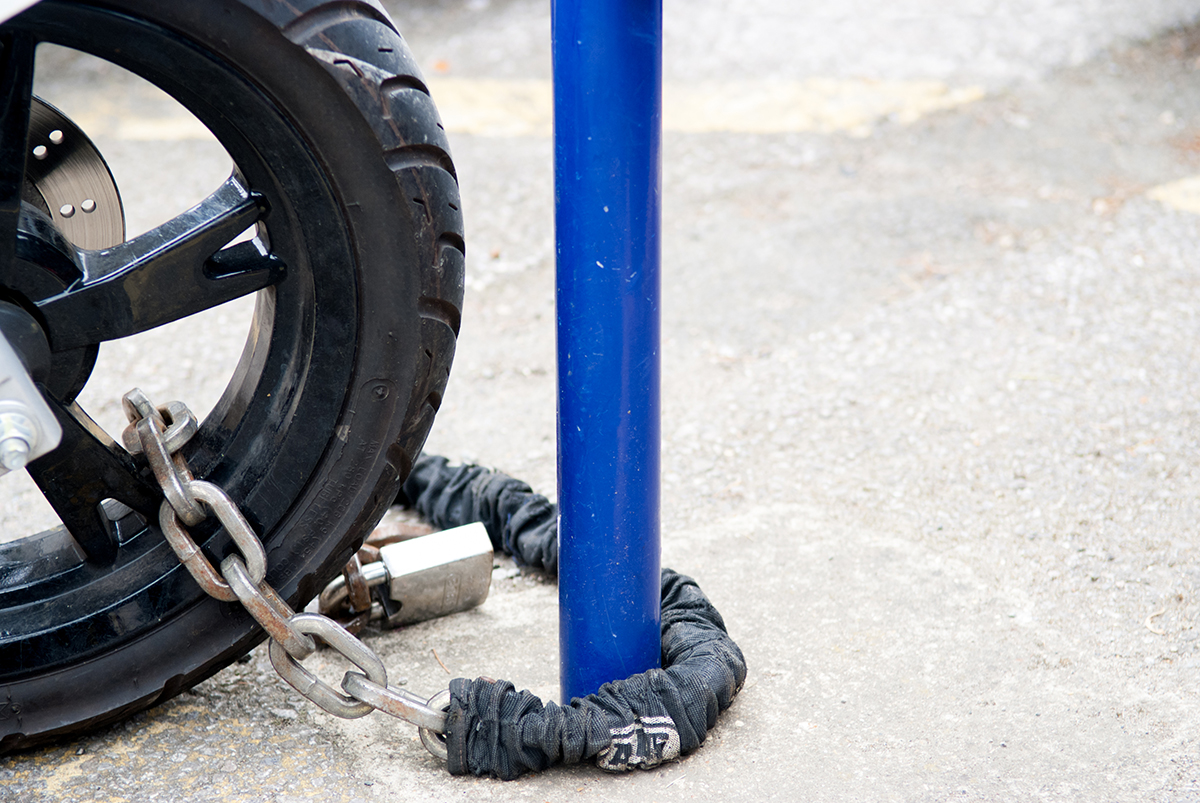With average temperatures steadily rising each year, these hot weather safety tips will help you & your loved ones stay cool
According to NASA, this summer is the hottest ever recorded, and it’s only getting warmer every year.
As this trend continues, it’s all the more important to brush up on your hot weather safety tips. Especially if you live in an area that’s prone to blistering heat waves, like Arizona or Nevada, this information is crucial to avoid the dangers of heat sickness.
So, grab your sunglasses and a water bottle, and let’s get started!
Learn the Risks of Extreme Heat
Before we dive into our list of hot weather safety tips, it’s vital to understand what’s at stake during extreme heat.
With searing temperatures of over 90 degrees and high humidity to go with it, the body simply can’t cool itself fast enough to counteract its rising temperature.
Without outside help, like a cold bottle of water or air conditioning, the body’s temperature will continue to rise, leading to heat cramps, heat exhaustion, and even life-threatening heat stroke.
Heat Cramps
A result of dehydration, heat cramps—often felt in the arms, legs, or stomach—are a big warning sign that it’s time to find shelter and cool off immediately. If you can, take off any extra clothing, hang out in the air conditioning, and drink plenty of water.
Heat Exhaustion
Heat exhaustion is the next stage of heat sickness, and it comes with some nasty (and potentially dangerous) symptoms.
Along with muscle cramps, you may experience excessive sweating, pale skin, rapid or faint heartbeat, fatigue, dizziness, nausea, vomiting, and even fainting.
Heat Stroke
The final stage of heat sickness is so serious that it can cause lasting damage to the body.
Vital organs like the brain aren’t meant to withstand extreme heat. When heat stroke sets in, the body’s temperature rises to over 103 degrees, essentially “cooking” the brain and other organs.
The severe dehydration, inflammation, and lack of oxygen to these bodily systems is why victims of heat stroke often experience:
- High fever
- Skin that’s red, hot, and dry
- A lack of sweating
- Severe dizziness
- Confusion and short-term memory loss
- Loss of consciousness
If you or someone you know exhibits any of these signs, don’t wait. Find some shade or air conditioning and send for emergency assistance immediately.
Lastly, if you’re a parent or caregiver, it’s crucial to know that children and seniors are much more susceptible to heat sickness.
Hydrate Like Your Life Depends on it
Because it does!
In extreme heat, it’s not enough to drink only when you’re thirsty. Keep that trusty water bottle by your side at all times, sip on it regularly, and if you’re about to embark on a summer adventure, make sure to bring enough water to last the day.
Prepare Your Home
When temperatures and humidity are in the red, preparing your home is half the battle. With the hot weather safety tips below, you can turn your home into a heat-resistant oasis:
- If you have air conditioning, crank it up! If not, don’t be afraid to take a family trip to your local mall or museum for a couple of hours to take a break from the heat at home.
- Fans are great at circulating the air in your home and can provide some relief, but they’re not an effective way to manage your body temperature or prevent heat sickness.
- Install weather strips in all doors and windows.
- Ensure your home has insulation in the walls and attic to absorb heat.
- Invest in curtains or drapes and keep them closed during the day to keep the heat out.
- Need relief fast? Drink an ice-cold glass of water or take a cold shower or bath.
- Make cold, refreshing meals like pasta salads, sandwiches, and smoothies—to not only cool down, but reduce your oven use too!
Dress Cool to Stay Cool
Even if your local forecast doesn’t predict extreme heat, dress as if it does.
You never know how weather conditions will change throughout the day, and if you get caught in the sun with tight or heavy clothes, you’ll be at greater risk of developing heat sickness than if you wore light, loose, and bright-colored clothes.
And, of course, don’t forget to wear sunscreen and reapply once every couple of hours to protect your skin!
Work & Play Around the Heat
It’s not always avoidable, but try to schedule your outdoor time around the hottest part of the day. The mornings and evenings are best for outdoor activities during the summer—especially strenuous ones like sports.
You wouldn’t want to get stuck playing soccer at high noon during an extreme heat wave. But on the off-chance that you do, take plenty of breaks, rest in the shade (or air conditioning) as often as possible, and, as always, chug that water!
Know Where to Find the A/C
If you’re outdoors in extreme heat, make sure there’s a building or sheltered area nearby with air conditioning. That way, you’ll have a safe, cool place to retreat to if the heat becomes too much.
Confidently Cool
Overall, navigating extreme heat is about planning ahead—ensuring your home, schedule, and friends and loved ones are prepared to face the weather with the right precautions in place. And with these hot weather safety tips, you have all the tools you need to keep it cool!





